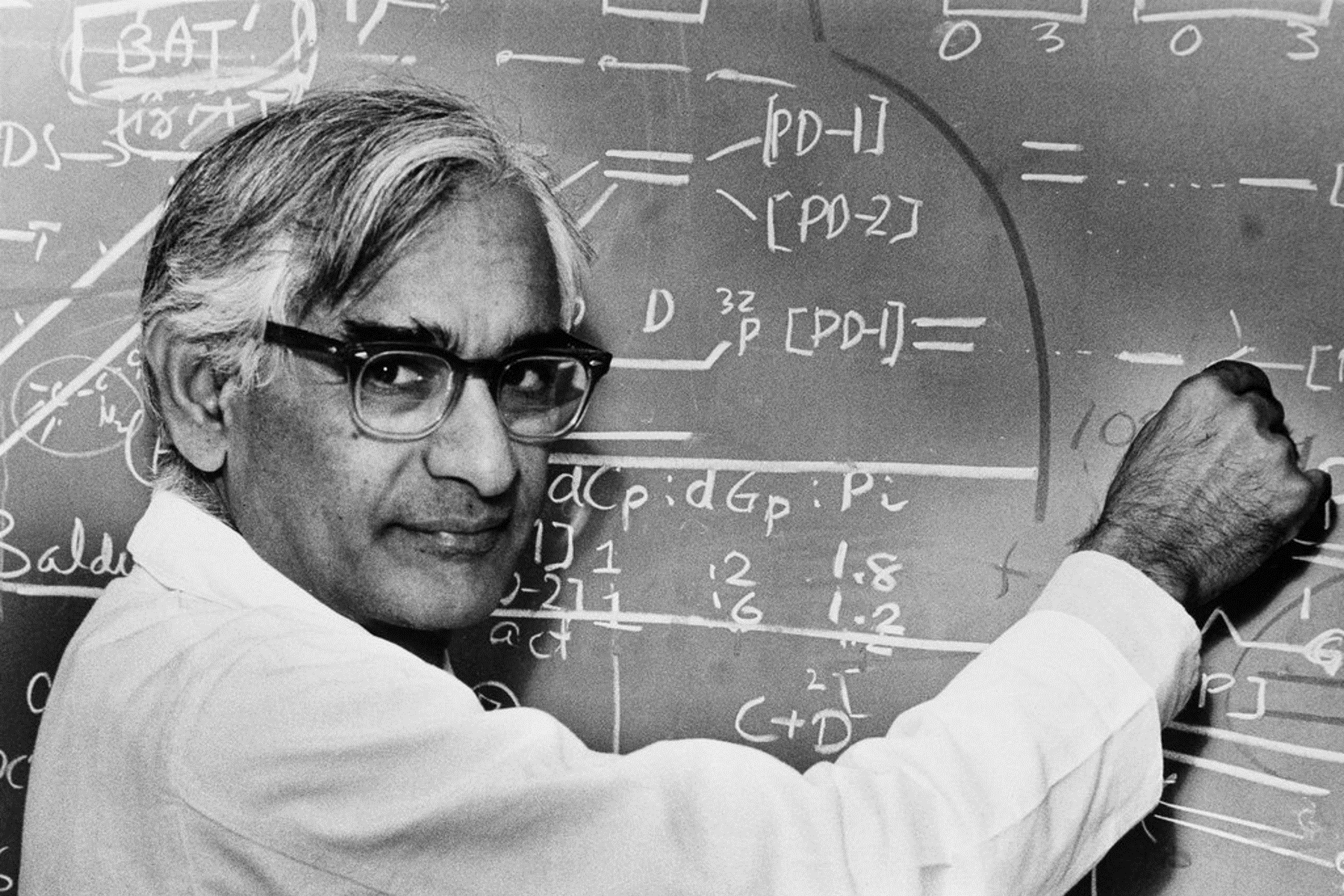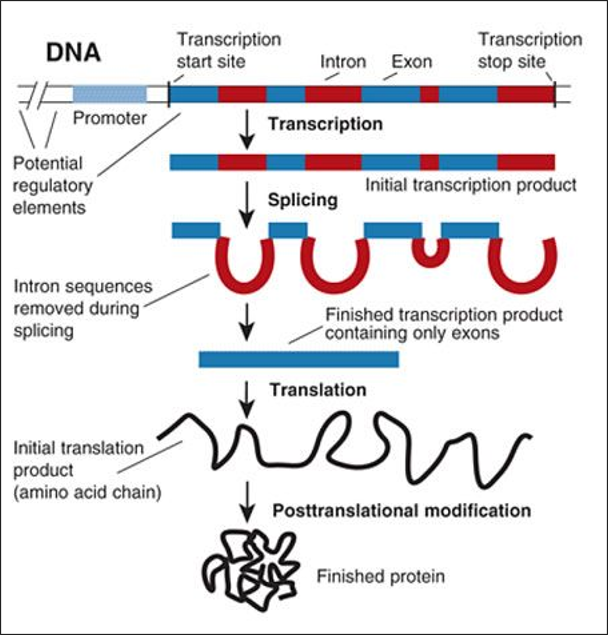
Science has the leverage to transform the world and hence scientists who invent unique stuff are honored by the entire world. And India has got several great scientists to the world who have rewritten the proficiency of science from time to time. One such Indian origin scientist is Har Govind Khorana, who changed the world of genetic codes. Har Gobind Khorana is known for his innovative contributions that significantly contributed to our understanding of gene structure and membrane function. His research furthermore gave a vision for the work on biological and chemical sciences to the entire world.
Har Gobind Khorana was born on 9 January 1922 to Krishna Devi Khorana and Ganpat Rai Khorana, in Raipur, a village in Multan, Punjab, presently in Pakistan. He finished his school in Punjab and later studied at the University of Punjab at Lahore, India, presently in Pakistan, and then at the University of Liverpool, England, with the support of government scholarships. He obtained a Ph.D. in Liverpool in 1948 and began his fellowship at Cambridge University. From pursuing his education in a poor rural village in British India to uncovering himself in a research fellowship at Cambridge University, he proved that everything is possible with hard work, education, and passion.
It was the time when Francis Crick and James Watson discovered the double-helix structure of DNA, and Har Gobind Khorana was certainly eager to broaden their work. Then eventually while working at the University of Wisconsin, Madison in the 1960s, Har Gobind Khorana became one of the three scientists assigned with supporting decipher the genetic code. By using chemical synthesis, Har Gobind Khorana evaluated the 64 combinations of the 4 chemical bases of RNA that are used when RNA copies the genetic information in DNA. These complex combinations are utilized to form Amino Acids, and Amino Acids are then utilized to create proteins, which carry out the cell's various functions.

Source: Pinterest
In 1966, Khorana became a citizen of the United States, and he joined the faculty of the Massachusetts Institute of Technology (MIT) around 1971, where he proceeded to bring major contributions in the field of science. Har Gobind Khorana led a research team that made the world's first artificial gene. A few years later, the team generated the primary man-made gene eligible for working naturally in a bacterial cell. Har Gobind Khorana's research at MIT unlocked the gates for the Genetic Engineering field.
Har Gobind Khorana shared the 1968 Nobel Prize for Physiology or Medicine with Marshall W. Nirenberg and Robert W. Holley for research on the genetic code of the cells. Har Gobind Khorana and Marshall Nirenberg were also awarded the Louisa Gross Horwitz Prize from Columbia University in the same year.
After winning numerous international awards for his extraordinary work, on January 9, 2018, a Google-Doodle celebrated the achievements of Har Gobind Khorana on what would have been his 96th birthday, because the legend died on 9 November 2011 in Concord, Massachusetts. But he was adored by his two existing children. One of his children, Julie Elizabeth later wrote about her father's work as a professor, “Even while doing all this research, he was always really interested in education, in students and young people”. Har Gobind Khorana's work is now valuable and significant for the entire world. This legend has left a legacy that every Indian should feel proud of.
___________________________________________________________________
Reference:
(www.britannica.com / www.whatisbiotechnology.org / www.novelprize.org / Wikipedia)
